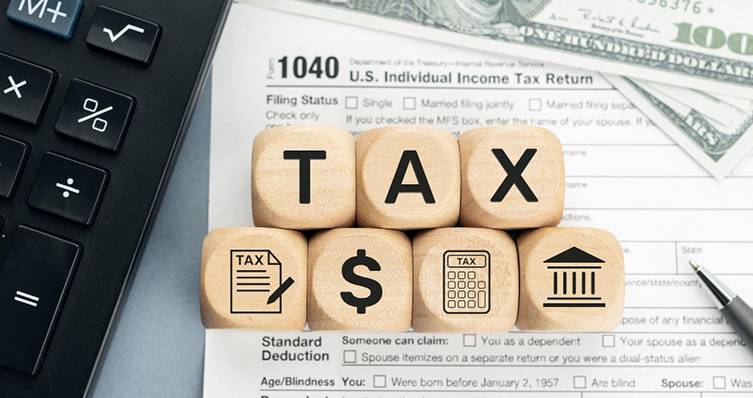
If you haven’t already filed your 2023 tax return, you probably will in the next few days. But even after the IRS receives your return, there may still be some issues to bear in mind. Here are three to consider.
Check on your refund
The IRS has an online tool that can tell you the status of your refund. Go to irs.gov and click on “Get your refund status” to find out about yours. You’ll need your Social Security number or Individual Taxpayer Identification Number, filing status, and the exact refund amount.
Keep those tax records
Hold on to tax records related to your return for as long as the IRS can audit your return or assess additional taxes. The statute of limitations is generally three years after you file your return.
However, the statute of limitations extends to six years for taxpayers who understate their gross income by more than 25%.
You should keep certain tax-related records longer. For example, keep your actual tax returns indefinitely, so you can prove to the IRS that you filed a legitimate return. There’s no statute of limitations for an audit if you didn’t file a return or you filed a fraudulent one.
What about your retirement account paperwork? Keep records associated with a retirement account until you’ve depleted the account and reported the last withdrawal on your tax return, plus three (or six) years. And retain records related to real estate or investments for as long as you own the asset, plus at least three years after you sell it and report the sale on your tax return. You can keep these records for six years if you want to be extra safe.
Click here for a detailed list of important financial documents and how long to keep each one.
File an amended return
In most cases, you can file an amended tax return on Form 1040-X and claim a refund within three years after the date you filed your original return or within two years of the date you paid the tax, whichever is later. So for a 2023 tax return that you file on April 15, 2024, you can likely file an amended return until April 15, 2027.
However, there are a few opportunities when you have longer to file an amended return. For example, the statute of limitations for bad debts is longer than the usual three-year time limit for most items on your tax return. In general, you can amend your tax return to claim a bad debt for seven years from the due date of the tax return for the year that the debt became worthless.
© 2024 KraftCPAs PLLC